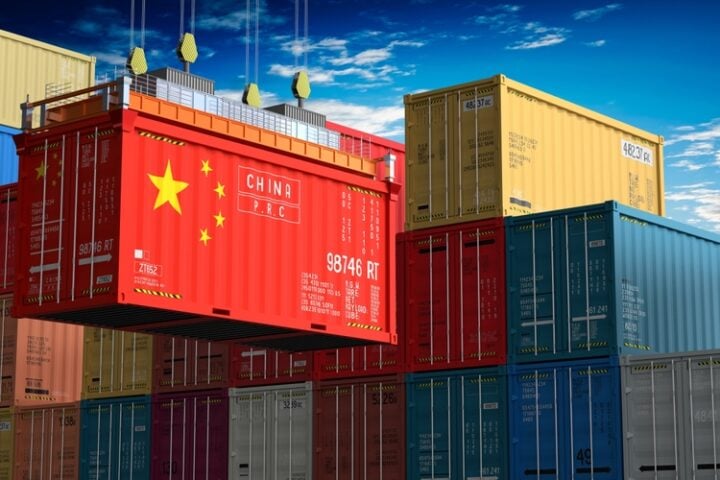Stimulus boosts PMI but U.S. tariffs cast shadow
China’s manufacturing activity expanded at its fastest pace in a year in March, with the official Purchasing Managers’ Index (PMI) rising to 50.5, signaling a positive impact from Beijing’s stimulus efforts. The figure, released Monday by the National Bureau of Statistics, matched forecasts and marked the strongest monthly expansion since March 2023.
The March PMI improved from 50.2 in February and 49.1 in January, indicating that factory production rebounded after the Lunar New Year lull. Sub-indices for production and new orders rose to 52.6 and 51.8 respectively, highlighting a rebound in both supply and demand. However, the employment component fell to 48.2, pointing to continued labor market softness.
Mixed signals from services sector
Non-manufacturing PMI, which includes construction and services, also ticked up to 50.8, its best level in three months. Yet, the sector’s employment sub-index dropped to 45.8, showing broad weakness in hiring across both services and construction.
“Infrastructure spending is ramping up again and exports remain resilient for now,” said Julian Evans-Pritchard of Capital Economics. However, he warned that first-quarter growth could lag the final quarter of 2024 due to weakness in the services sector and unfavorable year-on-year comparisons.
Trade war pressures mount
The manufacturing rebound comes as the U.S.-China trade war intensifies. President Donald Trump’s administration is expected to escalate tariffs this week, prompting fears that renewed pressure on exports could soon hit China’s economy.
In response, Beijing has rolled out a range of stimulus policies aimed at bolstering domestic demand and countering tariff damage. These include expanding consumer trade-in programs and accelerating the issuance of government debt to address housing market challenges and deflation risks.
China has set a 2025 growth target of “around 5%” and raised its budget deficit target to 4% of GDP, up from 3% last year. Analysts suggest this leaves room for more stimulus ahead.
“The budget does allow for fiscal support to be stepped up further over the coming months,” Evans-Pritchard noted. “But U.S. tariffs, which look set to escalate this week, will start to weigh on exports before long.”







